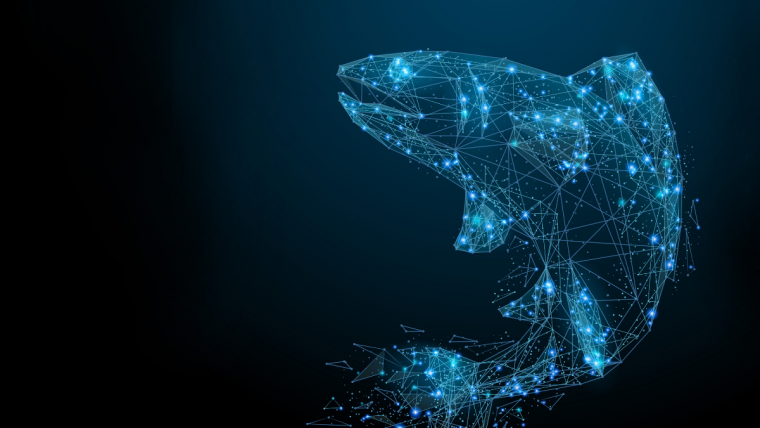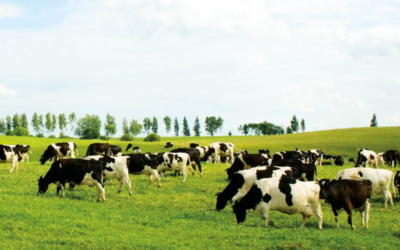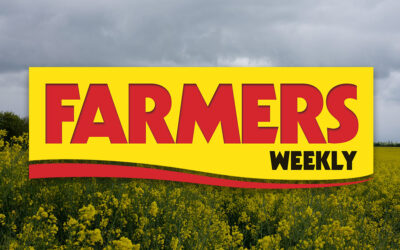“A digitalized reality, where data is fed into the production cycle on a systematic basis, provides an opportunity to take a leading role in promoting efficiency and productivity,” said Dr. Ioannis Nengas, designation research director at Hellenic Center for Marine Research, during the Alltech ONE Virtual Experience, where he shared his insights on digital farming for the aquaculture industry growth.
Dr. Nengas opened his presentation with an interesting fact: “Aquaculture is currently the world’s fastest-growing food industry and now accounts for the over 50% of the total global seafood supply.”
The global aquaculture industry is challenged with the responsibility of feeding a rapidly growing global population. As with other food production industries, aquaculture is finding ways to ensure food security by producing efficiently and sustainably.
Digital agriculture innovations — like drones, satellite images and sensor technology — have allowed new concepts to emerge, such as precision farming, smart farming and digital farming. These terms, despite often being used interchangeably, have different meanings:
- Precision agriculture is a technology-enabled approach to farming management that observes, measures, analyzes and optimizes the need of individual fields and crops.
- Smart farming is the application of information and communication technologies to optimize complex farm systems.
- Digital farming is creating value from data.
“Digital farming means to go beyond the mere presence and availability of data and create actionable intelligence and meaningful added value from such data,” explained Dr. Nengas. “Artificial intelligence is an example of this. Digital farming integrates both concepts: precision farming and smart farming.”
Dr. Nengas outlined seven digital farming technologies that will impact the present and future of the global aquaculture market, from Europe to Asia-Pacific to the Americas.
1. Digital feeding
CageEye, a decision-making tool, is using advanced hydroacoustic technology to monitor fish movement and environmental data with advanced machine learning algorithms. This is achieved by measuring fish density, speed and acceleration during feeding throughout the gates and visualizing this with real-time echogram images. Correlated with feeding patterns, these parameters offer unique insights into fish appetites.
“By understanding fish appetites, farmers can feed according to the fish nutritional needs,” said Dr. Nengas. “This results in more efficient feeding, increased fish growth and, ultimately, increased sustainable production, addressing the demand for more seafood directly.”
With this technology, CageEye claims to save up to 20% of feeding costs by reducing over-feeding.
2. Artificial intelligence
Using an artificial intelligence (AI) approach, Observed technologies also identifies behavioral changes in the fish during feeding. The system learns by using cameras to observe fish movements and to measure speed, acceleration and dispersion in the cage, tank or pond. It decides when to stop feeding or change the feeding rate according to fish appetites, ensuring optimal growth and feed utilization.
“Changes of behavior are not only related to feeding and appetite but also to diseases and injuries in fish,” noted Dr. Nengas.
The system can also detect early disease symptoms, which leads to a reduction in mortalities and antibiotic use, environmental protection and an overall improvement in farm management.
3. Computer vision
“The development of computer vision and deep learning promises to help reduce the human element while helping farmers enhance monitoring, adopt more efficient growth methods, increase yields and, ultimately, increase profit,” said Dr. Nengas.
To illustrate, he gave two examples:
- Stingray is a company that uses stereo camera vision, advanced software and targeted lasers for lice removal without causing any damage to the fish or the environment.
- Cermaq’s iFarm is using image recognition devices to bring fish health and welfare to a new level, as fish are individually monitored for growth, sea lice, disease, lesions and other issues.
“Overall, moving from mass to individual monitoring of the performance of fish will bring about multiple benefits by optimizing management, increasing growth rate and fish utilization, minimizing mortalities, and protecting the environment and profitability for the farmer,” said Dr. Nengas.
4. Smart sensing
Data from sensing technologies and underwater cameras can be uploaded to an online software tool, which the farm operator can view from their operation room, PC, tablet or smartphone.
“It allows operators to have a full view of the nutrition, health and environment of the species in the farm, enabling them to be proactive and take action before a situation becomes critical,” said Dr. Nengas.
aquaManager is an example of the kind of commercial analytics software used in aquaculture to centralize multiple sources of data on a single cloud-based platform. This mobile data application synchronizes with a live farm operations dashboard to provide real-time insights and predictive analytics.
5. Underwater drone data collectors
“Today, visual inspections conducted below the surface and the seabed are normally carried out by fixed-camera systems, divers or heavy ROVs,” explained Dr. Nengas. “While utilizing divers is expensive and represents significant risks, ROVs have traditionally been very costly and require extensive training to manage. On the other hand, fixed cameras have natural limitations when it comes to reach and flexibility. With the underwater drone, you have a mobile underwater camera, which allows you to carry out your own inspections whenever and wherever you want.”
Underwater drones help monitor off-surface farms and track environmental parameters such as pH, salinity, oxygen levels, turbidity and pollutants. Farm operators can check for mortalities in the cage, monitor feeding and inspect underwater cages for damage or net holes through the drones. Specialized drones can even repair nets.
6. Augmented reality
“Imagine a tool similar to Google Glass, where the farm manager can have all the information off its cage, pond or tank visually,” said Dr. Nengas as he explained how the U.S. Navy uses Divers Augmented Vision Display — a high-resolution sonar image superimposed onto a diver’s visuals — and its significant implications for the ability to increase agriculture productivity.
For example, CSIRO, an Australian technology company, has developed a tool using augmented reality (AR) for shrimp farming management. The farmer will practically be able to visit the farm by looking at information related to the shrimp, like quantity, size, mortalities, feed quantities, FCR, health and real-time environmental parameters.
“The system would be an important tool for on-the-spot decision-making and management actions,” added Dr. Nengas.
7. Virtual reality
Virtual reality (VR) is being used by the Norwegian University of Science and Technology (NTNU) to increase the next generation’s interest in aquaculture and to train new employees in the industry. NTNU has developed an aquaculture simulator that uses VR for interested parties to virtually visit a fish farm. For example, the trainee can observe the sea cage, go underwater to understand fish behavior in certain culture conditions, feed the stock and see how fish behave when feeding.
The driving force of smart farming is the Internet of Things, also known as IoT.
“In the aquaculture industry, imagine an interconnected network of devices, sensors, computers, tanks, grading equipment, fish counters, pumps within a state-of-the-art fish farm communicating with each other, sending and uploading critical data to a central command station, providing the operator a complete view of the entire facility,” said Dr. Nengas. “This is the potential for IoT in fish farming.”
IoT enables the generation of a huge amount of data, which can be:- Streamed to and stored safely in the cloud
- Analyzed and manipulated using big data tools
- Used in combination with science tools to detect and predict production parameters
- Referred to during important decision-making




